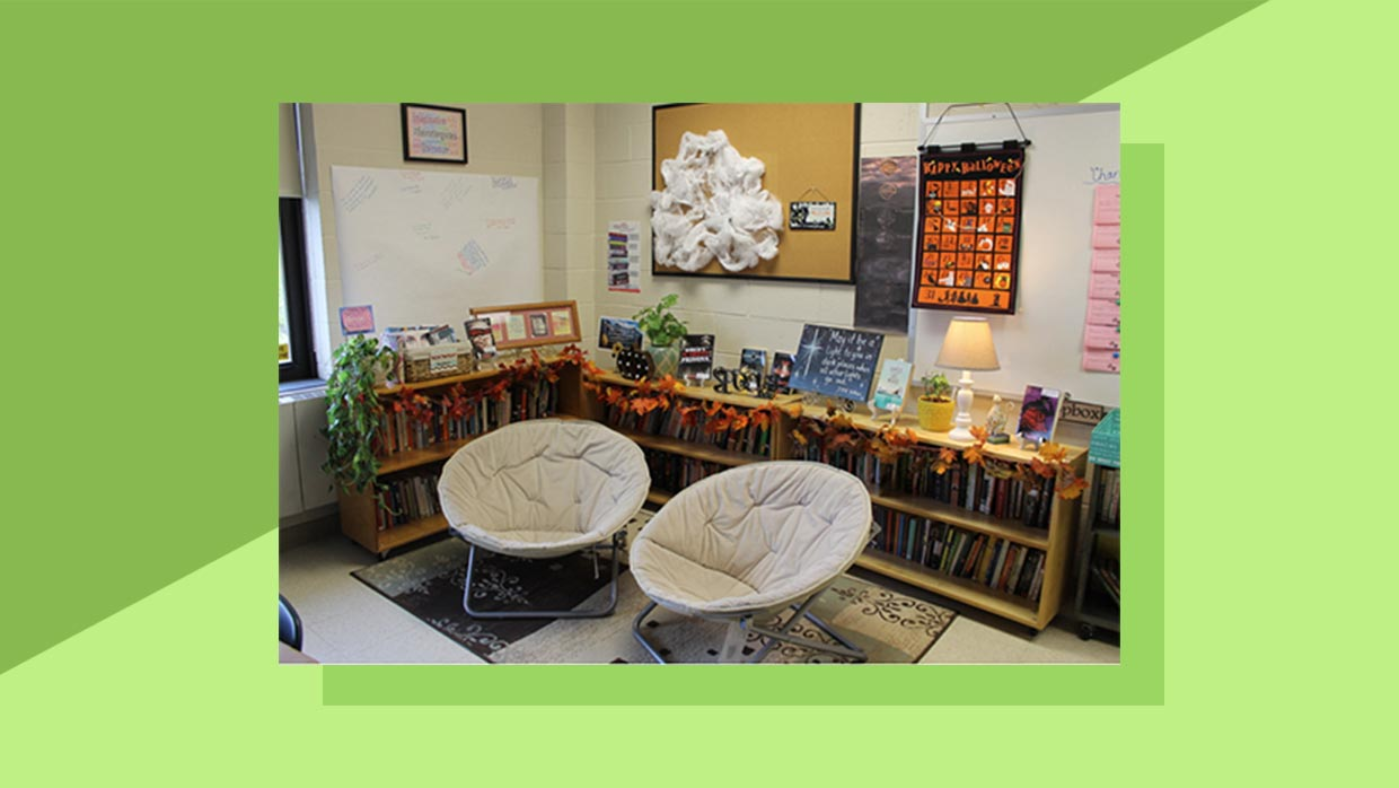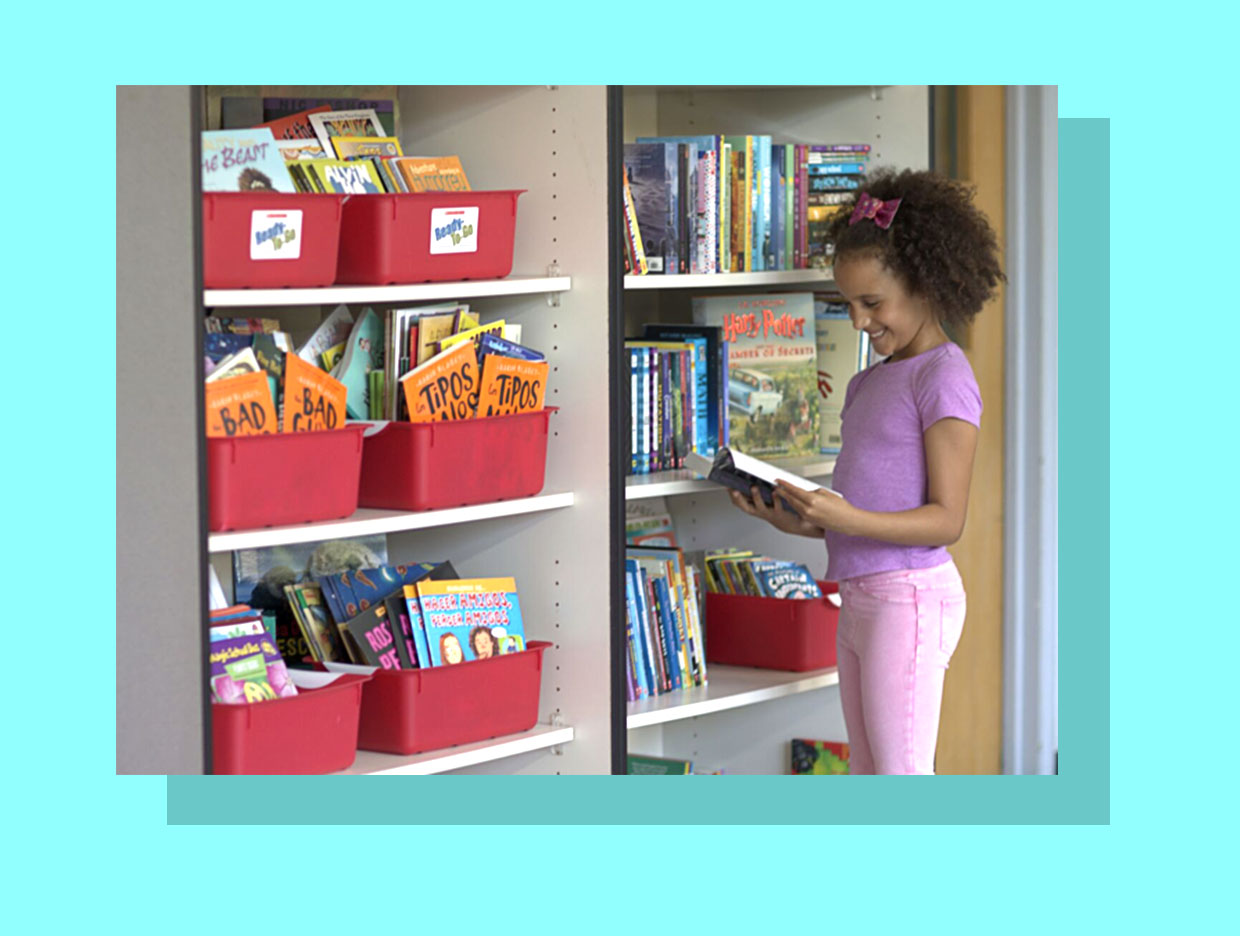6 Tips to Help Set Up a Classroom Library
Your classroom library should be organized and welcoming. These handy tips will help you achieve both!
The classroom library is the beating heart of the teaching environment, where a lifelong love of books begins. Creating a great classroom library takes time and effort, but the tips and strategies below can help you efficiently build a space where young readers will thrive.
Plus, check out these 11 essentials for a highly effective classroom library.
Sort the books into easy-to-navigate categories
Students will be turned off if they can’t quickly find a book that interests them, so sorting the books into clear categories is very important. You can sort by genre, topic, theme, or even student-generated categories. Some common themes and topics include songs, holidays, fairy tales, space, math, ocean, famous people, featured authors, humor, etc. Some teachers prefer to alphabetize their collection by title or author name.
Have a good balance of fiction and nonfiction
Different students have different tastes, so it’s important that your library carries something for everyone. You’ll take note of your students’ individual tastes as you get to know them better, but a good starting point is to have 50%–70% of your library consist of nonfiction titles.
Keep the books in labeled containers
Plastic tubs are a good way of storing books as they allow you to easily move an entire category at once. After you decide on a storage method, clearly label each tub with its corresponding category. Laminating the labels is recommended for durability. After laminating, use glue or clips to secure the labels.
Make your library an inviting space
Creating a cozy area to read by adding things like bean bags, lamps, and decor is a great way to encourage your students to spend time in the library.
Decide on a checkout system so students know where to return books
Checkout systems tend to be a matter of personal preference. Involving students by rotating who’s in charge of the library and monitoring it gives them a sense of ownership and responsibility.
Use Scholastic Book Wizard to level your library
Book Wizard is a fast and easy tool that can help you level your classroom library, create book lists, and find new titles similar to the books that your students already love.
Plus, check out these 7 expert tips from the in-house Scholastic librarian.



